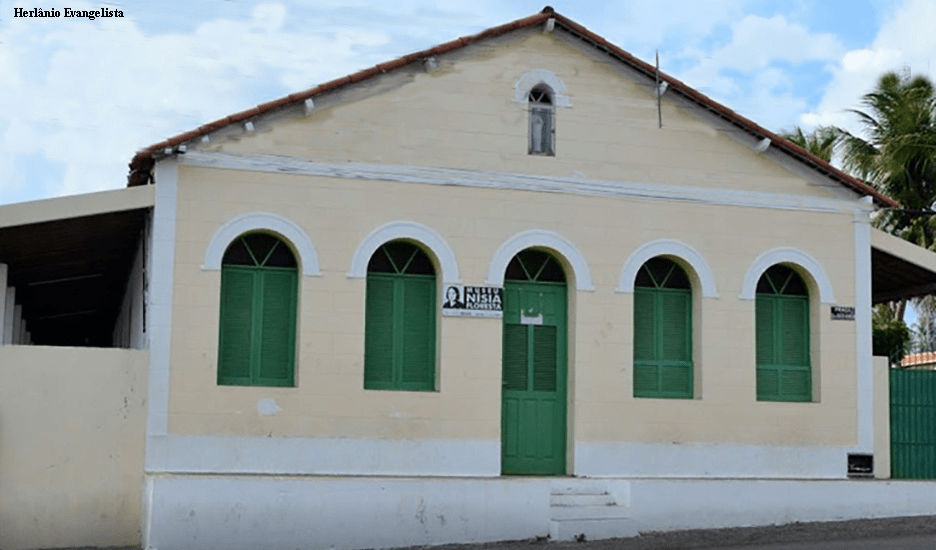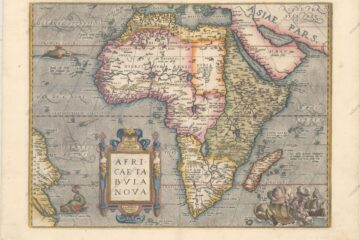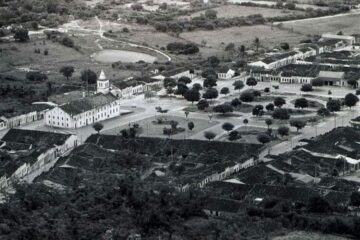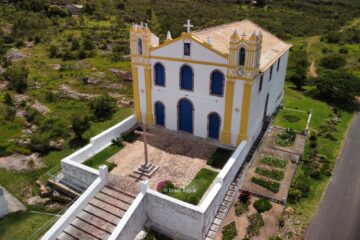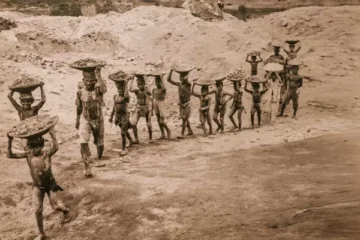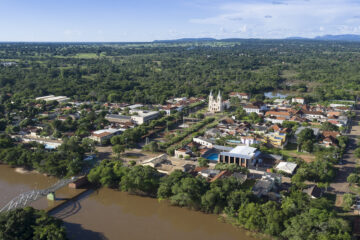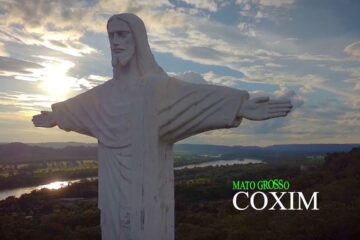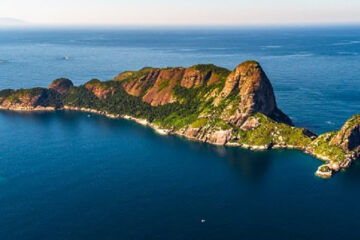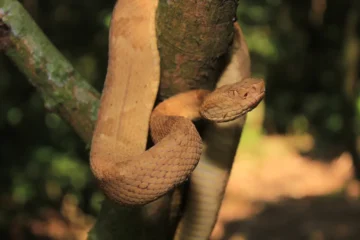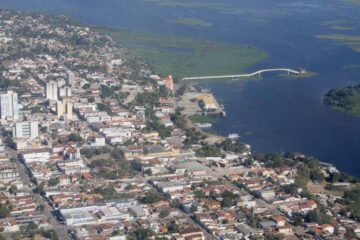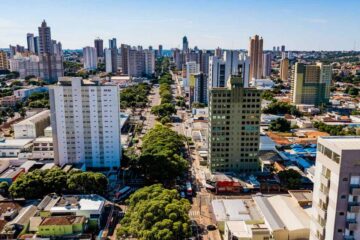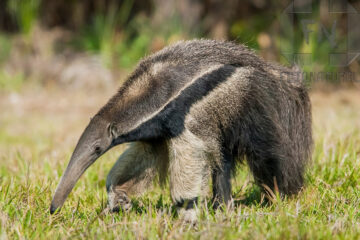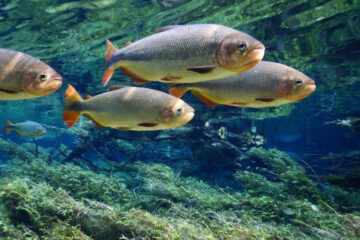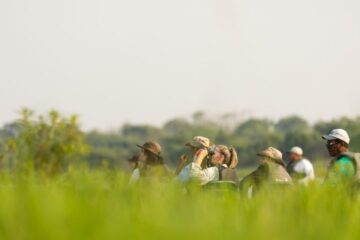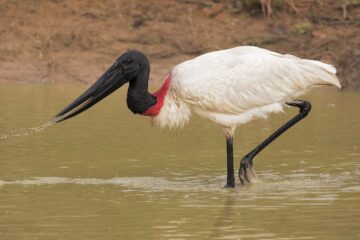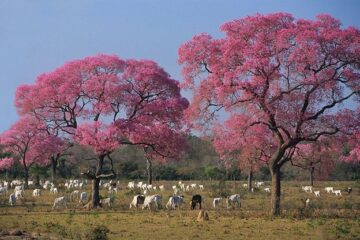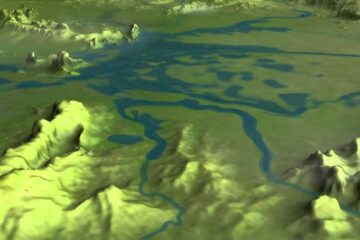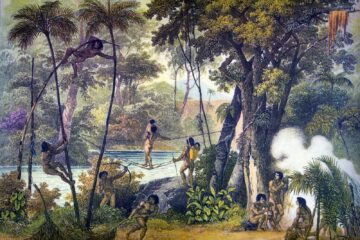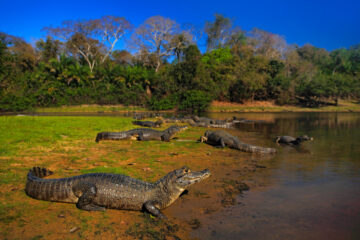Este post também está disponível em:
Português
English
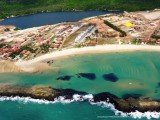
In addition to the beautiful beaches, Nísia Floresta also has a huge complex of lagoons, there are more than 20 lagoons.
The beach of Pirangi do Sul, where the parrachos are located, is already part of the municipality of Nísia Floresta, to which the beaches of Pirambúzios, Búzios, Barra de Tabatinga, Camurupim and Barreta also belong.
In addition to the beautiful beaches, Nísia Floresta also has an immense complex of lagoons, there are more than 20, of which the lagoons of Arituba, Bonfim and Carcará stand out.
Despite being one of the municipalities with the greatest tourist potential in the state, the beaches and lagoons of Nísia Floresta are still frequented more by North-Rio-Grandenses, mainly vacationers, than by tourists.
See the Videos “Beaches and Lagoons of Nísia Floresta RN”
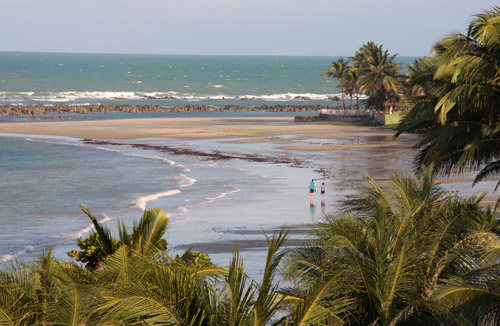

Praias de Nísia Floresta
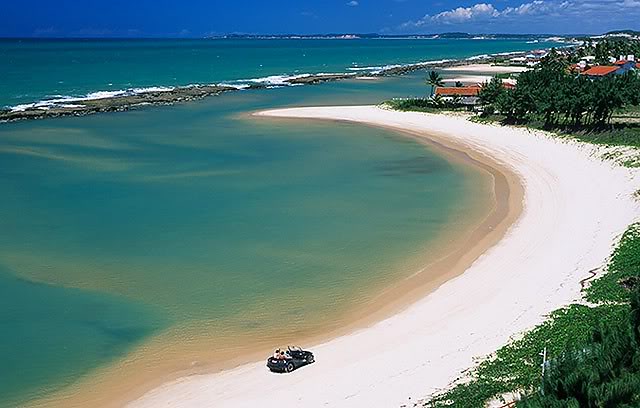
Lagoas de Nísia Floresta
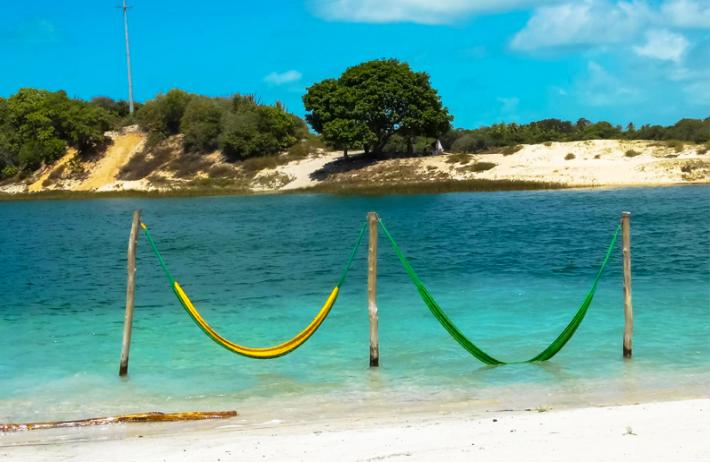
Lagoa de Alcaçuz em Nísia Floresta - RN04:36
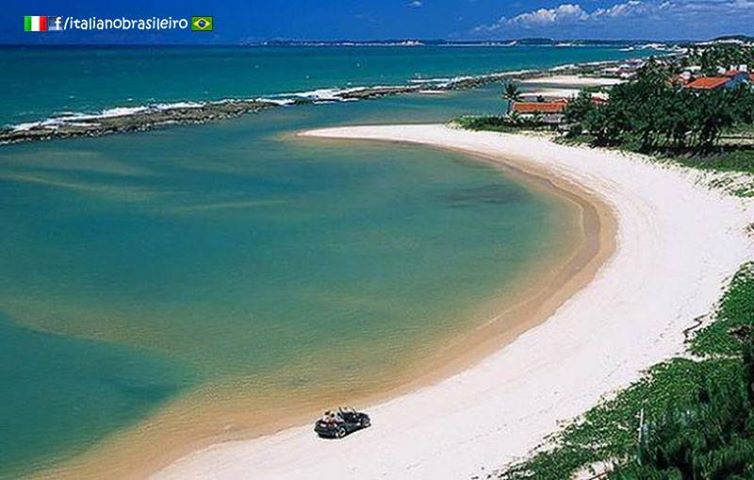
Praia de Tabatinga em Nísia Floresta - RN01:17
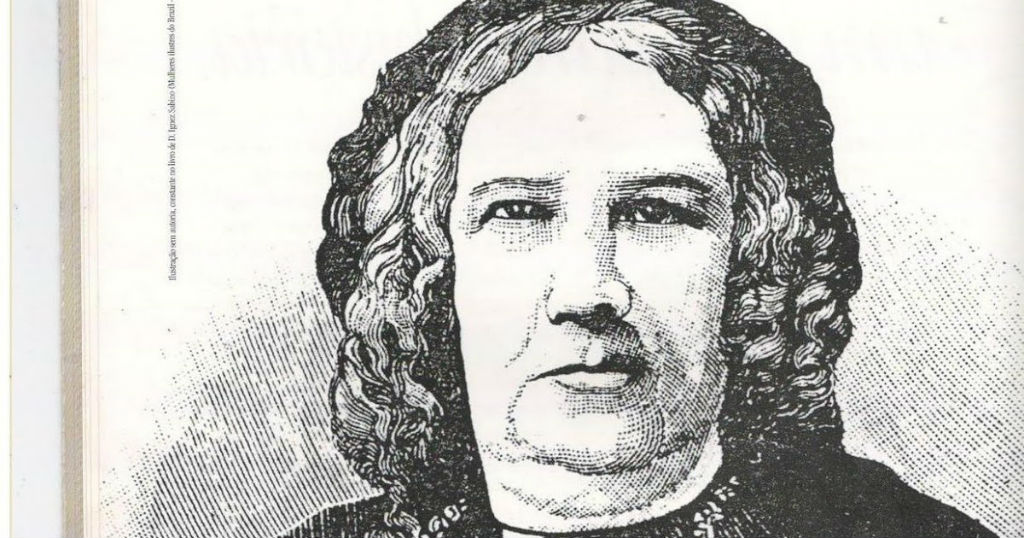
Nísia Floresta a primeira educadora feminista do Brasil 05:15
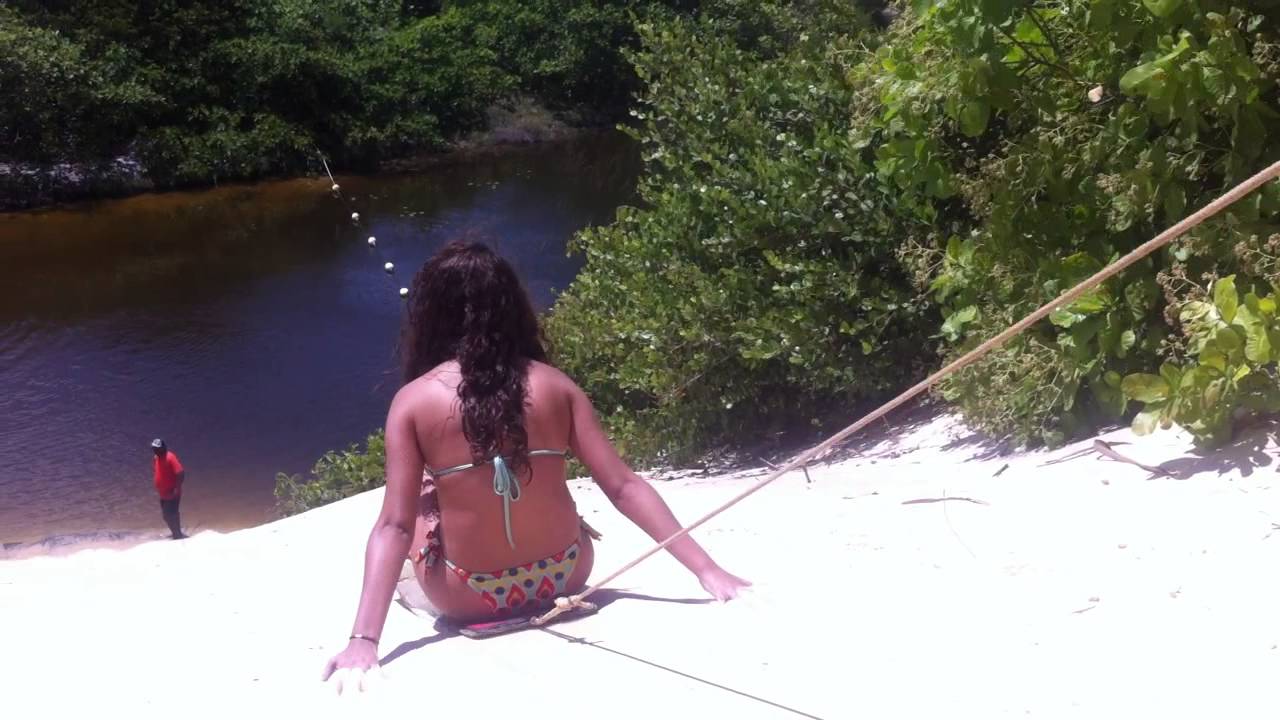
Nísia Floresta RN - Guia de Turismo24:40
Access to the municipality, which is 43 kilometers from Natal, however, is easy.
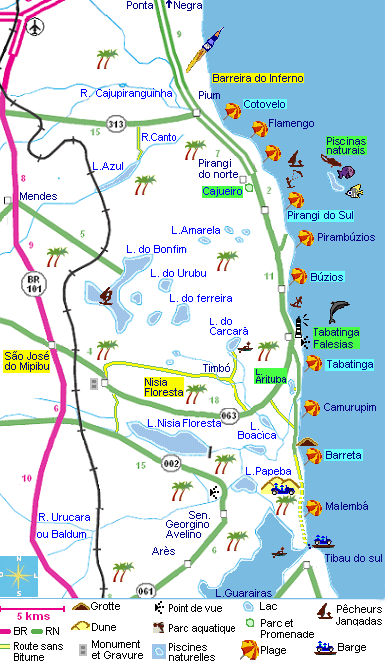
Tours of the beaches and lagoons can be done by buggy, rental car, via Rota do Sol, and even by public transportation, through inter-municipal lines that leave from Natal and Parnamirim.
See the tourist map of Rio Grande do Norte
Like Pirangi do Sul, Pirambúzios has calm waters and is more frequented by water sports enthusiasts, such as kitesurfing and windsurfing.
The beaches of Búzios and Tabatinga, on the other hand, have strong waves, which should only be faced by more experienced surfers.
Bathing is not recommended and in this area, there is even a high incidence of drowning.

On the beach of Búzios, however, there are several stalls by the sea that are an invitation to taste the gastronomy of the municipality, based on shrimp.
There are also lagoon formations, where children can have fun more safely. But there is little care.
Those who are in a buggy or 4X4, can risk a walk through the dunes of Búzios, which also hides the seven lagoons. The recommendation is to end the tour at sunset, which seen from the dunes is even more beautiful.
The Praia de Tabatinga is known for its Dolphin Lookout, which is located on top of the cliffs. The dolphins there are of “strong personality” and sometimes stubbornly do not appear.
Even so, the stop is mandatory, because from there you have one of the most beautiful panoramic views of the south coast.
For bathers, adults or children, Camurupim beach is paradise.
The reefs that accompany the entire length of the beach are a natural barrier to the waves and at high tide beautiful natural pools are formed.
, a cave under the reefs, becomes the main attraction of the beach. Camurupim has some bars and restaurants on the shore.
Barreta beach is the most deserted of all, with a little more movement during the summer. The sea is more rough and bathing requires attention in some areas due to the reefs.
Between Barra de Tabatinga and Camurupim is the Arituba Lagoon.
With crystal clear waters, surrounded by dunes and lots of green, the lagoon also offers a good leisure structure, with tents, pedal boat and kayak rental, zip line, called here, “aerobunda”.
The Carcará Lagoon is among the most incredible scenery in Rio Grande do Norte.
The difficult access helps preserve the beauty of the place. To get to Carcará, along the path of the beaches, you must take the right when you reach the traffic circle of Tabatinga, further ahead there will be an entrance to a clay road, which unfortunately will not always be signposted, as the signs are often removed.
On rainy days, the clay road can be more difficult to transit, so it is best to avoid if you are in a small car. But all the effort to get to know this paradise of white sands and crystal clear waters is worth it.
On site, the structure is simple, with only a few tents. There, there is also rental of kayaks and pedal boats.
Bonfim Lagoon is a resort surrounded by private properties and there is practically no public access. The lagoon, however, is the most important in the municipality, as it is the largest of all and has a catchment system that supplies water to a large number of cities in the Agreste, Trairí and Potengi regions.
Tourist Spots of Nísia Floresta RN
Bilro Lace Crafts or Cushion Lace Crafts
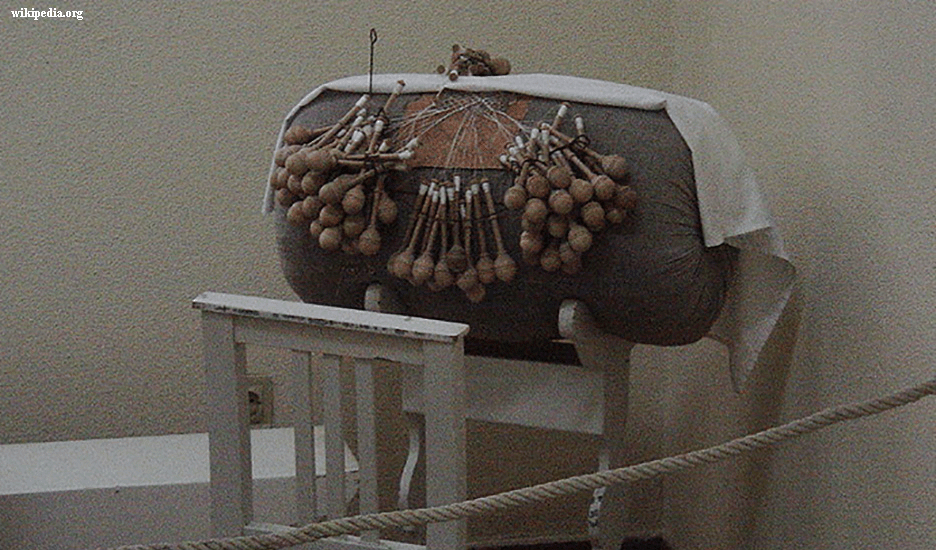
The largest concentration of people dedicated to lace according to the bobbin technique, or cushion technique – and one of the few existing today in the State of Rio Grande do Norte – is in the Community of Alcaçuz, next to the lagoon of the same name, in the Municipality of Nísia Floresta.
A technique brought by Portuguese colonizers, very common throughout the Iberian Peninsula, it was widely spread along the Brazilian coast.
It is often associated with the fishing activity of the husbands of the lace makers and was taught for centuries from one generation to another.
Used both in garments and home furnishings, the beauty and quality of the lace patterns produced throughout the Potiguar territory led to its great acceptance by consumers, even from abroad, in the 1970s and 1980s.
From then on, the activity suffered an accelerated process of disappearance, due to the great time spent in the elaboration of the delicate works. In recent years, due to the growth of tourism, the decline has been reversed, reinvigorating this ancestral knowledge.
Labyrinth Lace Craft
The largest concentration of women dedicated to the production of lace according to the Labyrinth technique is in the Community of Campo de Santana, in the Rural Zone of the Municipality of Nísia Floresta.
They are representatives of a centuries-old tradition, passed down from generation to generation.
The works of great beauty and plasticity are born from a hybrid between embroidery and lace, brought by the Portuguese colonizers and spread throughout the Brazilian Northeast.
At first, it was something sacred, being used only for the production of ecclesiastical vestments.
Over time, it began to decorate garnish pieces of the house, such as table centers, banquet towels and tray cloths. More recently, it has been adopted to adorn garments worn at events such as baptism ceremonies, weddings, graduations, etc.
Depending on the size of the piece, it can take days, weeks or months to complete.
Due to the beauty, creativity and expressiveness of the motifs created by the craftswomen, the resources generated from sales, especially to tourists, are decisive for the perpetuation of this knowledge.

Centenary Houses
The layout of the village of Papary, now the city of Nísia Floresta, began to form in the early 18th century, the 1700s.
Thus, its small urban area has several historic buildings, the most important of which is the Mother Church of Nossa Senhora do Ó.
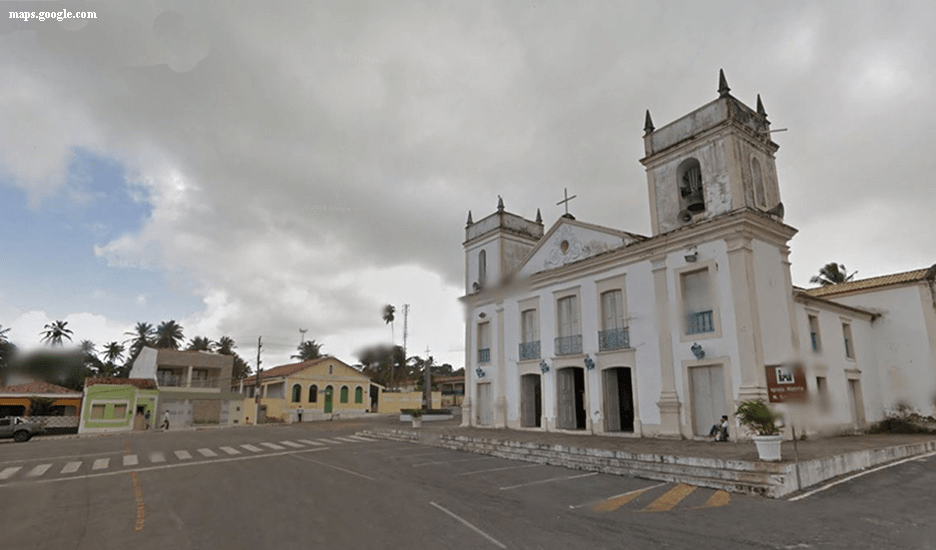
Papary Railway Station
The Papary Railway Station was completed in 1881, when The Great Western of Brazil Railway was built.
Listed by the Historical Heritage of the State of Rio Grande do Norte in December 1984, the structure is home to the Marina Camarões Restaurant.
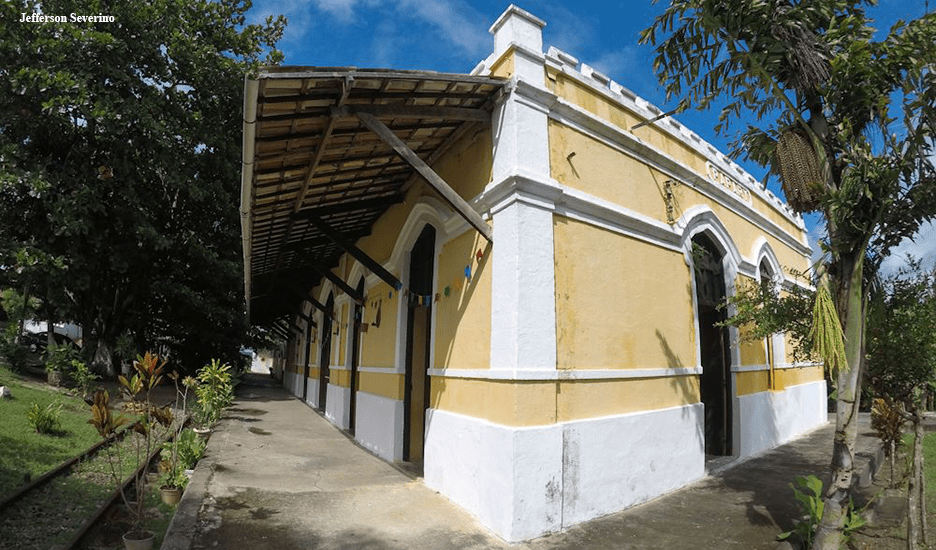
Dolphin Viewpoint
It is located at the top of the cliffs of Tabatinga Beach. As the entire coast along the municipality of Nísia Floresta is an important nursery for sea turtles and jumping dolphins, it is quite common for groups of the latter to come out to show off, always arriving in the late afternoon.

Pedra Oca – Hollow Stone
A cave excavated by the force of the waters in the barrier reef of Camurupim Beach. At low tide, it allows visits to its interior, in which a person can stand with ease. It is, perhaps, the most visited and most enjoyed place in the entire extensive coastline of the Municipality of Nísia Floresta.

Igreja de Nossa Senhora
The construction of the Mother Church of Our Lady of Ó began in 1702 by Portuguese families. The work was only completed five decades later, in 1755.
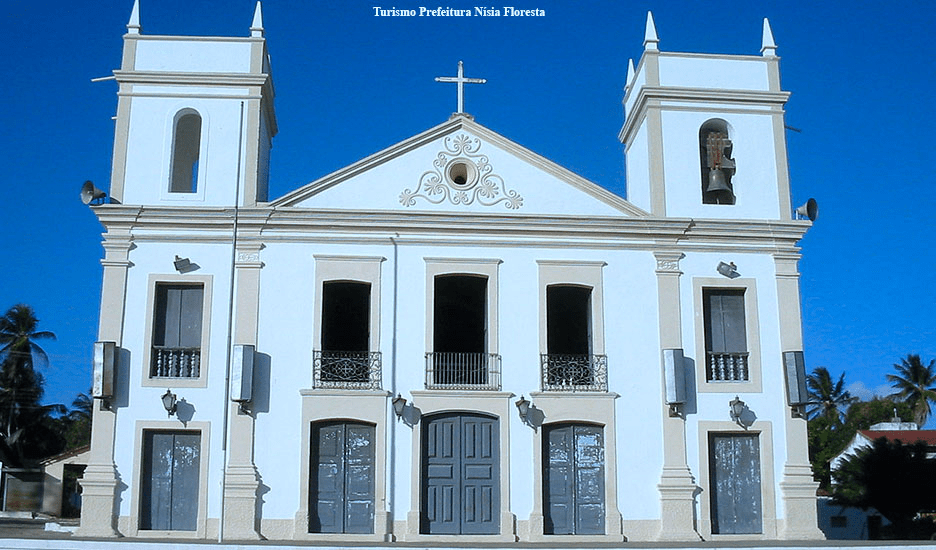
It is undoubtedly the oldest and most important building in the city of Nísia Floresta.
Its main altar, decorated with gold pieces, houses images of the honored saint and São Benedito, pieces imported from Portugal, still at the time of Colonial Brazil.
Also on display are vestments worn by the priests shortly after the completion of the works.
Beaches of Nísia Floresta RN
Barreta Beach
Wonderful, different landscape. Like its neighbors, highlight the natural pools formed after the tide goes down. They are ideal for those looking to relax floating in warm waters.
The protection of the reefs makes it very safe, especially for children.
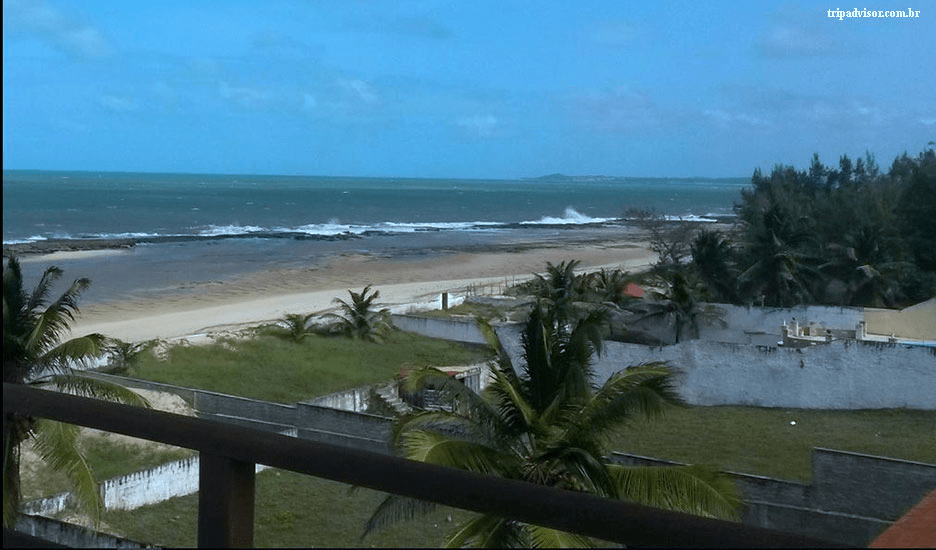
Búzios Beach
With its sea suitable for swimming, it is one of the busiest in terms of visitors. This is helped by the excellent structure for leisure, from simply enjoying the sun to practicing sports on the sand.
There is a good infrastructure of tents, kiosks and restaurants.
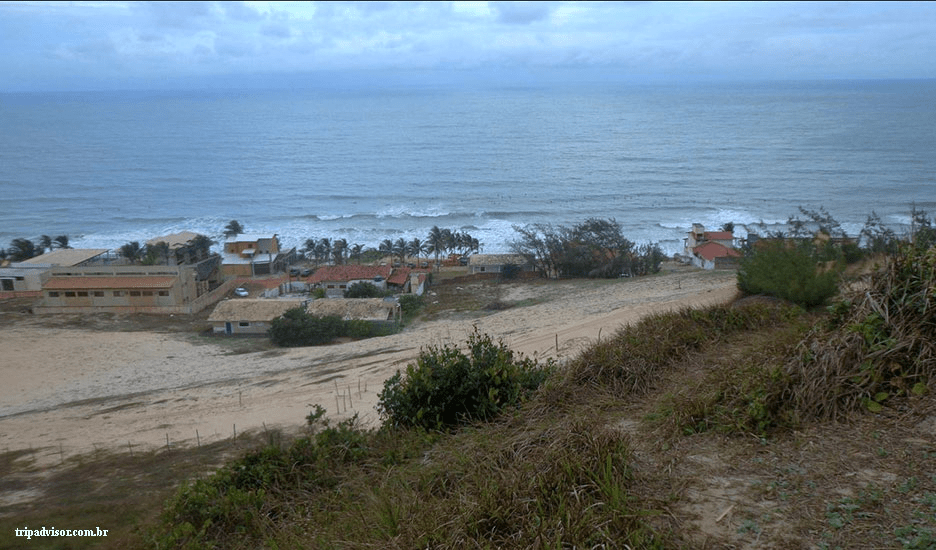
Camurupim Beach
Extensive strip of very solid sand, on which you can travel by buggy or jeep, for example, without fear of getting stuck.
Protecting it from the roughest sea, and during low tide, the barrier reef forms a sequence of natural pools, a paradise for children.

Pirambúzios Beach
Quiet place, marked by the meeting of the river with the sea and little frequented. The true necklace of natural pools formed at low tide is of unique beauty.
Great to take the children, but young people, adults and also the group of the Best Age will be enchanted.
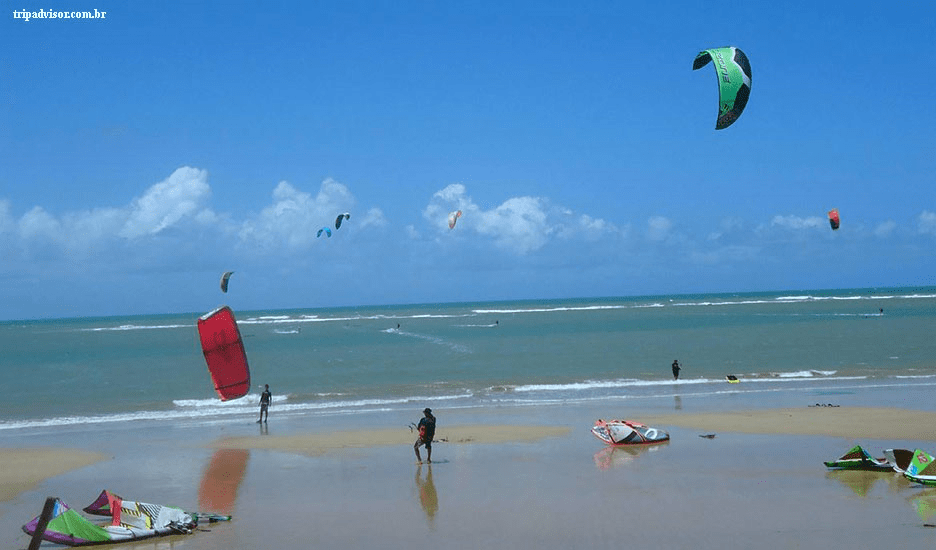
Pirangi do Sul Beach
One of the busiest of the edge of the Municipality of Nísia Floresta, receiving many groups of young people.
The great attraction is in its waters, suitable for bathing and diving. It has a strong structure with tents, kiosks and restaurants, serving local cuisine options.
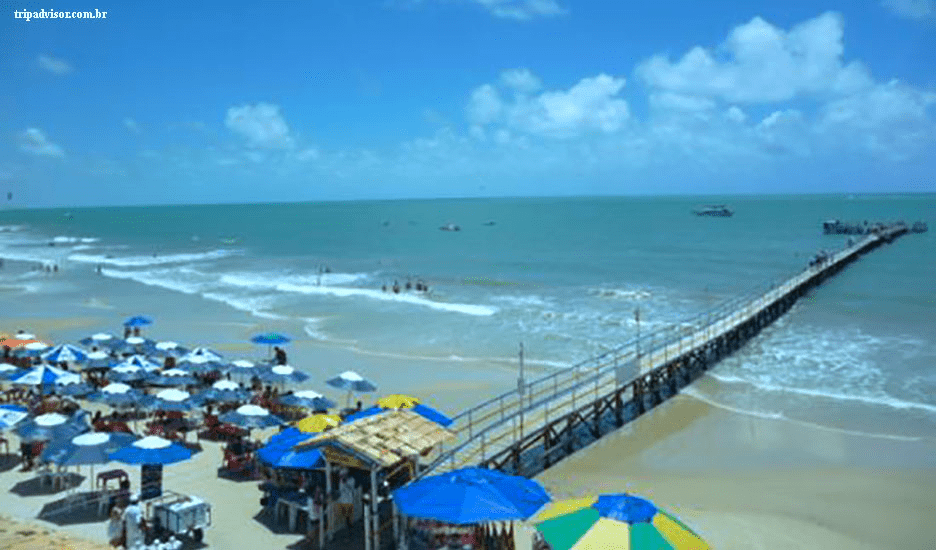
Tabatinga Beach
Beach of golden sands, adorned by the most beautiful cliffs in the municipality of Nísia Floresta.
Its waters are visited practically every day by groups of dolphins, in the late afternoons. Strong waves and long duration are like invitations to surf.
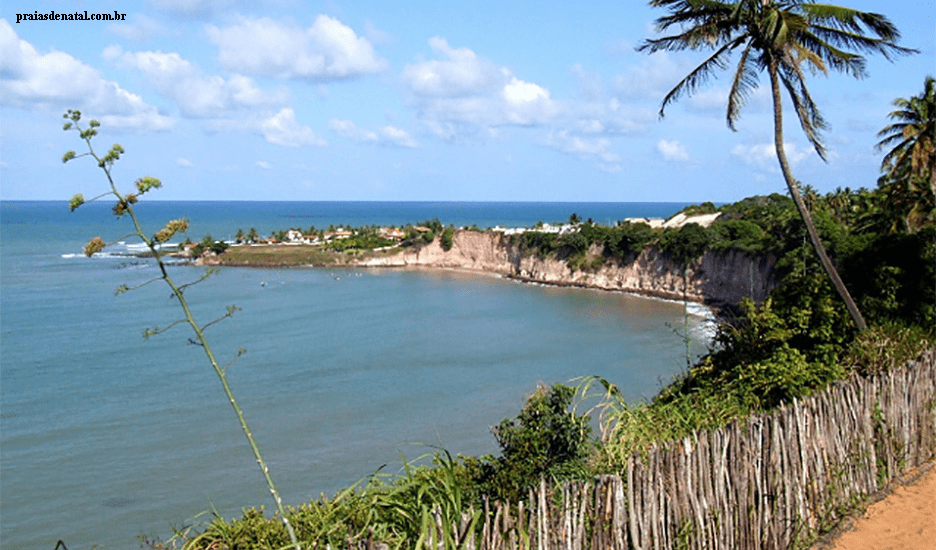
Cascades of Barreta Beach
Spectacle created when the tide starts to rise and the waves overtake the barrier reef along Barreta Beach.
The waters are thrown over the large expanse of stone, slipping slowly, like a veil, down the side facing the strip of sand.

Lagoons of Nísia Floresta RN
Lagoa da Juventude
Legend has it that its crystal clear waters are rejuvenating. Very good for diving, with equipment that can be rented nearby.
Still a very virgin region, it is gradually gaining infrastructure to serve tourists.

Lagoa de Alcaçuz
One of the most beautiful of the 26 lagoons existing in the territory of the Municipality of Nísia Floresta.
Surrounded by white sand beaches, its crystal clear waters vary in color, ranging from light green to darker blue. Good for dives and refreshing and relaxing baths.

Lagoa de Arituba
A beautiful place, compared by visitors to a true oasis.
Not very deep waters, perfect for those who do not like waves and another attraction for families and their children. Its large expanse of water mirror is contoured by beaches of very soft white sand.
One attraction is the Aerobunda.
Just climb the metal tower up to 10 meters high, sit in a chair with a seat belt and slide carried by pulleys. Here comes the most enjoyable part: before reaching the other side, still in the middle of the route, throw yourself into the lagoon.
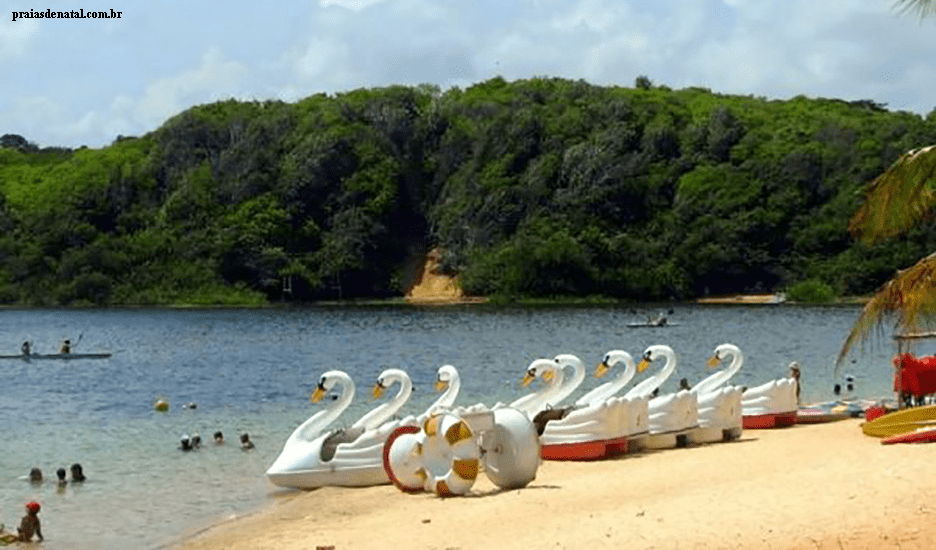
Lagoa de Boágua
Its name says it all: excellent, clear waters, with shades ranging from light green to dark blue, depending on the depth of the place. Margins covered with white sand. An ideal environment for swimming, contemplating nature, diving and observing the bottom…
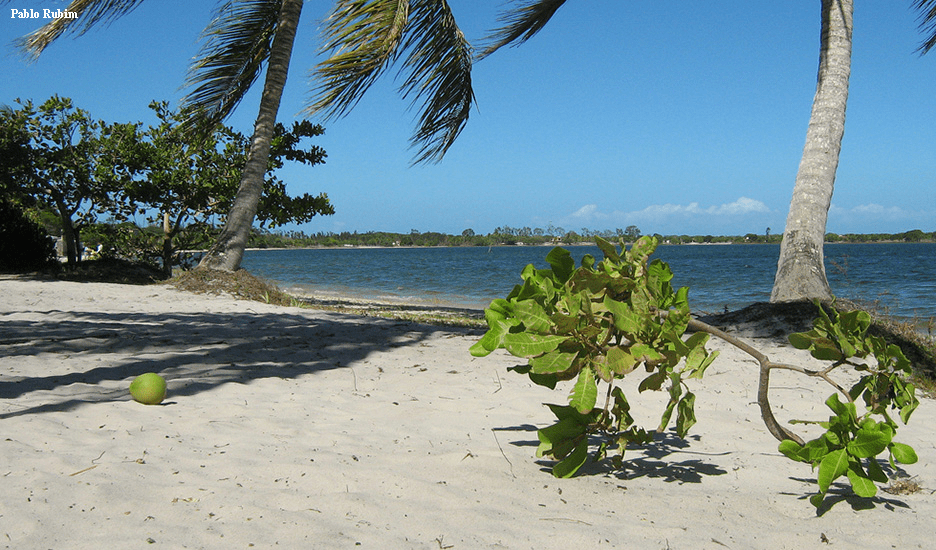
Lagoa do Bomfim
Also known as Lagoa das Sete Pontas, it is one of the largest in the state of Rio Grande do Norte. During the rainy season, in the months of May, June and July, the volume of water accumulated there grows a lot, doubling in relation to the rest of the year.
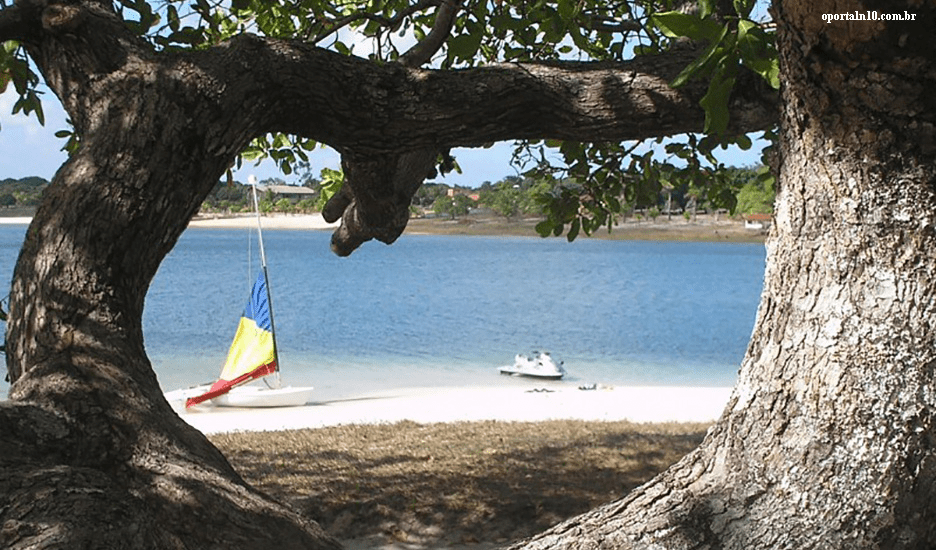
Lagoa do Carcará
Its denomination comes from the name of a common bird of prey in the region: the carcará.
Likewise, another nearby lagoon is called Urubu. Both are part of the Lacuste Bonfim System, which also includes the Arituba, Alcaçuz, Ferreira Grande and Redonda lagoons.
It is inserted in a triangle whose northern end is the Pium River; the south, Trairi River; and, east, the coast of the Atlantic Ocean.
Its edge of soft sand borders a wide strip of shallow, warm, crystal clear waters, varying in blue and green tones, excellent for bathing.
One of the most paradisiacal places in the State of Rio Grande do Norte, but difficult to access.
Place to ride pedal boats, paddle kayaks, balance on stand up paddle boards and enjoy windsurfing.
Equipment can be rented at local kiosks and restaurants.
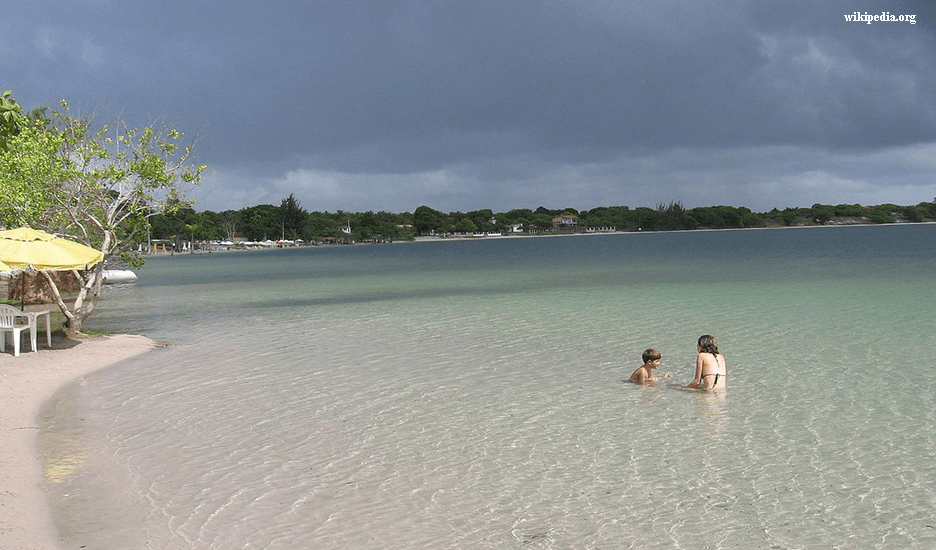
History of Nísia Floresta
Nísia Floresta MuseumOpened in 2012, in a 19th century mansion, in the 1800s, in the city center of Nísia Floresta, its main objective is to collect, catalog, exhibit and preserve documents and objects related to the unique life story of the most illustrious personality ever born there.
It is the writer Dionísia Gonçalves Pinto, who came into the world on October 12, 1810, in Sítio Floresta, Rural Zone of the then Vila de Papary.
In childhood and youth, contrary to the usual of the time, her parents encouraged her formal education, including enjoying reading.
At the age of 21, married, living in the city of Recife, the capital of the Captaincy of Pernambuco, she began to publish articles in newspapers.
To circumvent barriers imposed on women, she signed her texts with a pseudonym: Nísia Floresta Brasileira Augusta, under which she became known.
To create it, she used creativity, which was always present in her work: Nísia, the end of Dionísia; Floresta, the place of her birth; Brasileira, a nationalist reference; and Augusta, referring to her husband, Manoel Augusto de Faria, father of her children Lívia and Augusto.
Once her first work was published, it was praised by few and criticized by many. Remarkable for some; unseemly for others. This, for defending the Republic in a Monarchy, respect for the natives by the colonizers and freedom for the slaves within a slave system.
But perhaps the greatest shock came from the search for social, economic and political equality for both sexes in a society in which women were assigned only the chores related to the home and family – for this reason, she is considered the pioneer of feminism in Brazil.
Dionísia Gonçalves Pinto, or Nísia Floresta Brasileira Augusta, not only defended this new role but also practiced it. She launched herself as a writer and poet and became an educator.
Widowed, with small children, she exchanged the heat of the Brazilian Northeast for the colder climate of the Southern Region.
She went to Porto Alegre, capital of the Captaincy of Rio Grande do Sul, and there she set up and ran a school for girls.
The outbreak of the Farrapos War in 1835 interrupted her plans and she settled in Rio de Janeiro, the capital of the nation.
The disappointments did not discourage her and, entrepreneurial, she founded and directed the Colégio Augusto and the Colégio Brasil. In a short time, both are known for their high level of education.
Close to completing 15 years in Rio de Janeiro, fate forced her to make another radical change.
In 1849, her daughter Lívia was the victim of a serious accident and, on medical advice, Nísia Floresta Brasileira Augusta took her to Europe. She spent 28 years, most of them in Paris, the capital of France.
Several times, she faced long journeys to come to Brazil.
Always faithful to the ideals expressed at a young age, she remained in the country between 1872 and 1875, in the midst of the abolitionist struggle, led by Joaquim Nabuco.
Returning to Europe, he stayed there for another decade, dying on April 24, 1885, victim of pneumonia.
At the time, he lived in the city of Bonsecours, in the Normandy region of eastern France.
His remains were returned to his homeland on September 12, 1954, six years after the former City of Papary was renamed the City of Nísia Floresta on December 23, 1948.
Beaches and Lagoons of Nísia Floresta in Rio Grande do Norte
